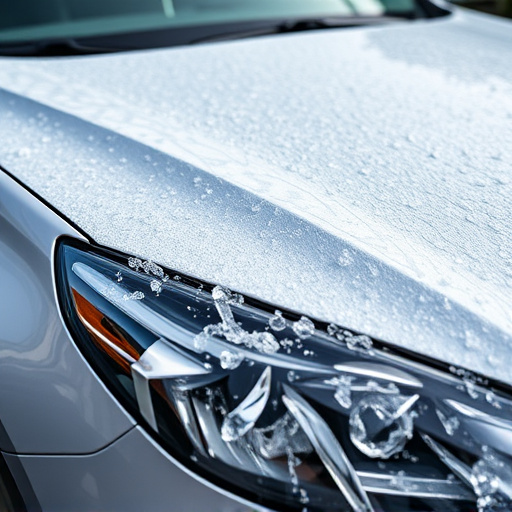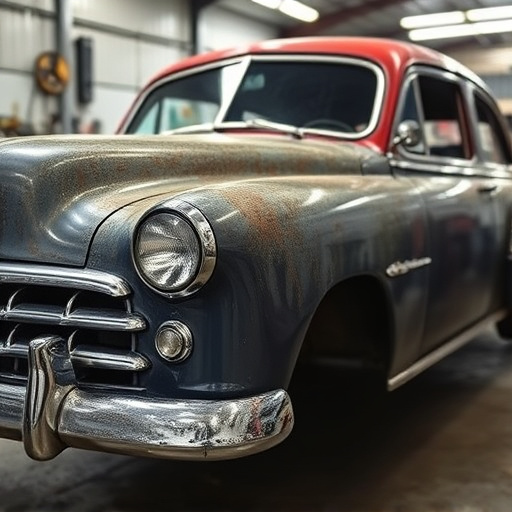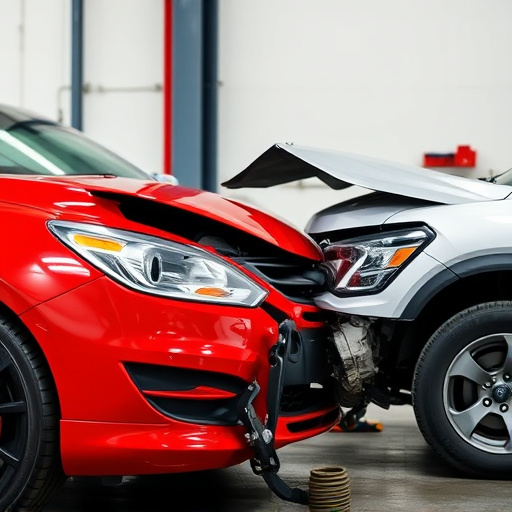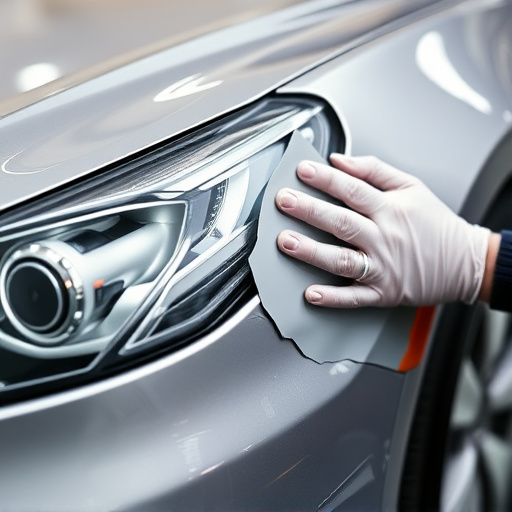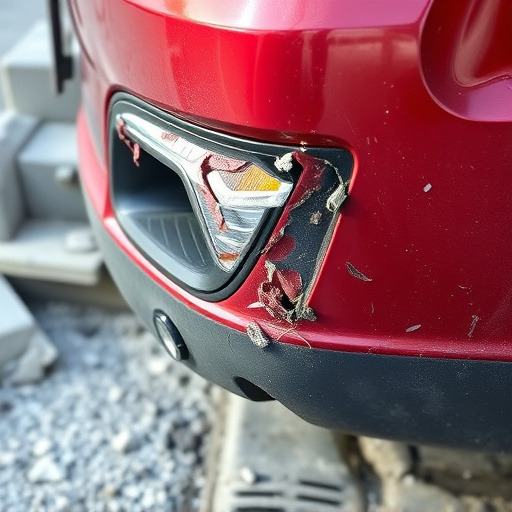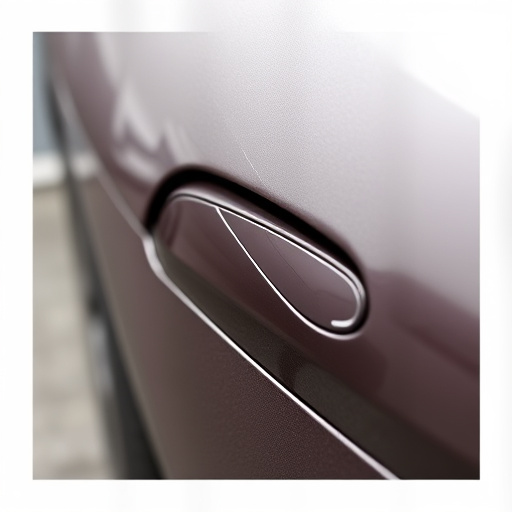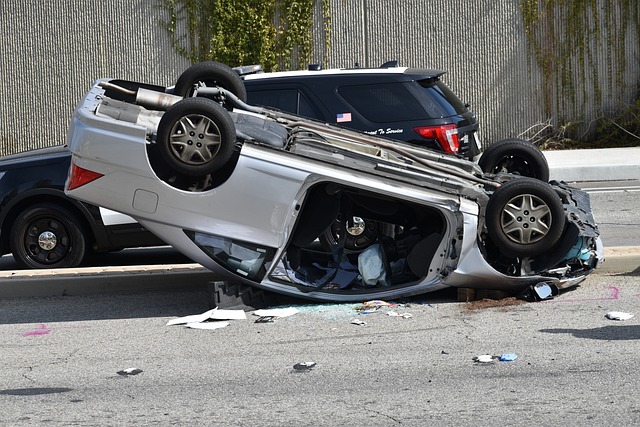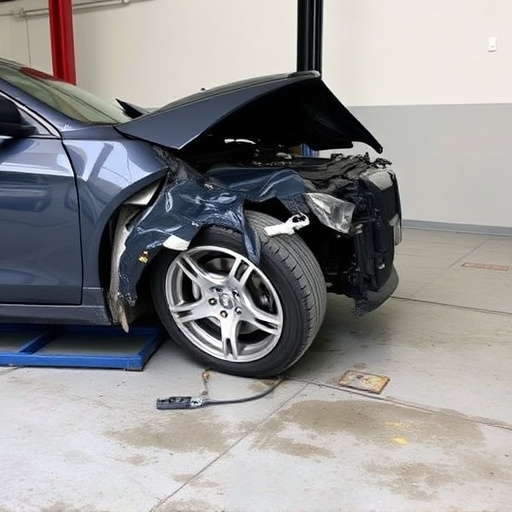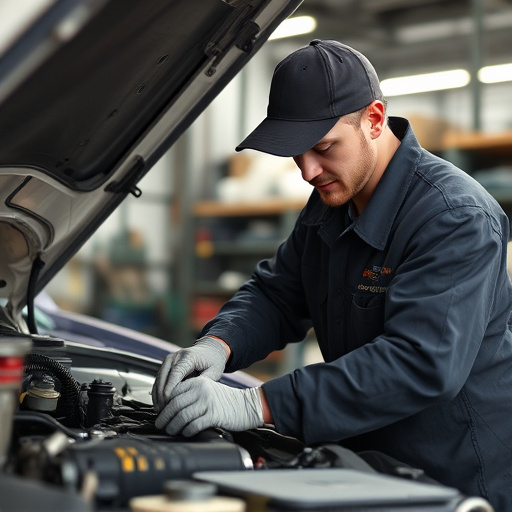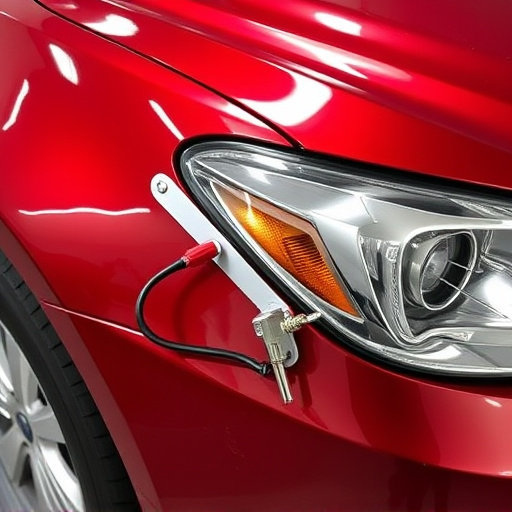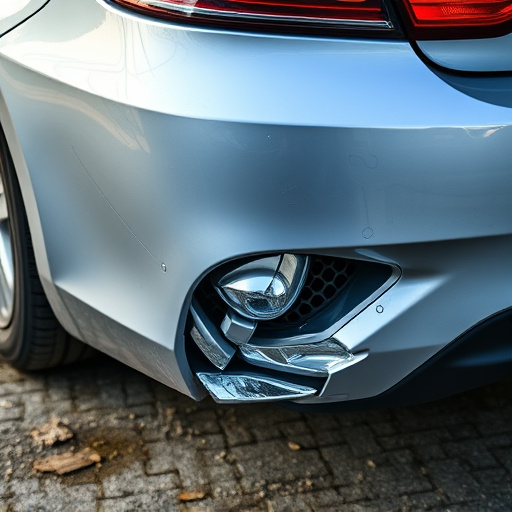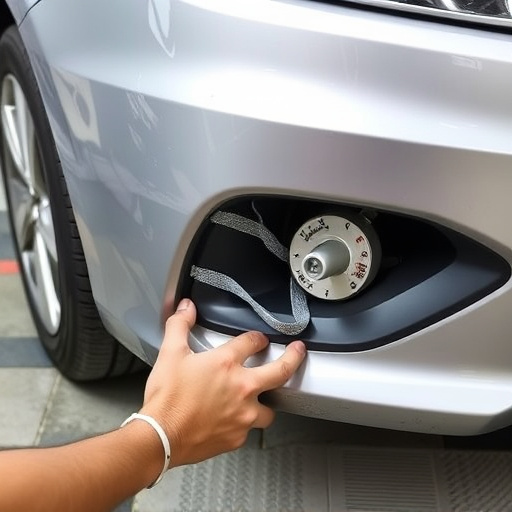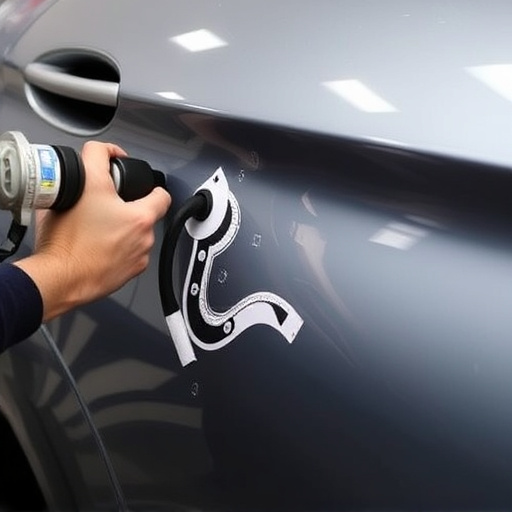Modern Mercedes vehicles rely on radar systems for advanced safety features, which can be disrupted by significant body work. After bumper or grille repairs, Mercedes radar recalibration is essential to ensure optimal ADAS performance and prevent safety risks. Specialized collision repair services offer this critical recalibration, ensuring vehicle safety standards and regulatory compliance.
Mercedes owners often face a dilemma when considering bumper or grille repairs, especially with modern safety features like active cruise control. One critical aspect often overlooked is Mercedes radar recalibration. This article explores why this process is essential and delves into the impact of repairs on the vehicle’s radar system. We provide a step-by-step guide to help owners understand and execute proper Mercedes radar recalibration for seamless restoration of their safety features.
- Understanding Mercedes Radar Calibration Necessity
- Bumper and Grille Repairs: The Impact on Radar
- Recalibration Process: Steps and Best Practices for Mercedes Owners
Understanding Mercedes Radar Calibration Necessity
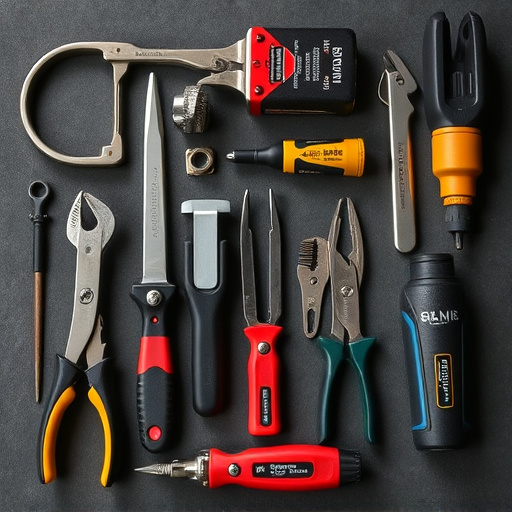
In modern vehicles like Mercedes, radar systems are integral to advanced driver-assistance features (ADAS). These systems continuously monitor road conditions and surrounding vehicles, enabling crucial safety functions such as adaptive cruise control and collision avoidance. When undergoing bumper or grille repairs, which involve significant automotive body work, it’s essential to consider the implications for these radar systems. Classic car restoration enthusiasts and collision repair services alike must understand that a simple fix might disrupt the intricate balance of sensors, requiring precise Mercedes radar recalibration.
Ignoring this recalibration step can lead to malfunctioning safety features, compromising both the driver’s experience and vehicle safety. Therefore, after any substantial automotive body work or classic car restoration, specialized collision repair services should be engaged to perform the necessary Mercedes radar recalibration. This ensures that the vehicle not only meets performance standards but also complies with safety regulations, providing peace of mind for the owner.
Bumper and Grille Repairs: The Impact on Radar

Bumper and grille repairs on a Mercedes can seem like relatively minor cosmetic work, but they have a significant impact on the car’s safety systems, particularly its radar. Modern luxury vehicles like Mercedes are equipped with advanced driver assistance systems (ADAS) that rely heavily on accurate sensor readings. The radar is a crucial component of these systems, responsible for detecting obstacles and helping to prevent collisions. When a bumper or grille is damaged and subsequently repaired, the alignment and calibration of these sensors can be affected.
Without proper Mercedes radar recalibration after bumper and grille repairs, the vehicle’s safety features may not function optimally. This could lead to false readings, reduced sensitivity, or even complete failure to detect objects. To ensure the safety and reliability of these essential systems, it is vital to seek out specialized body shop services that offer automotive repair services tailored for luxury vehicles. Such professionals will perform the necessary Mercedes radar recalibration to restore the radar’s accuracy and maintain the highest standards of safety for your vehicle.
Recalibration Process: Steps and Best Practices for Mercedes Owners
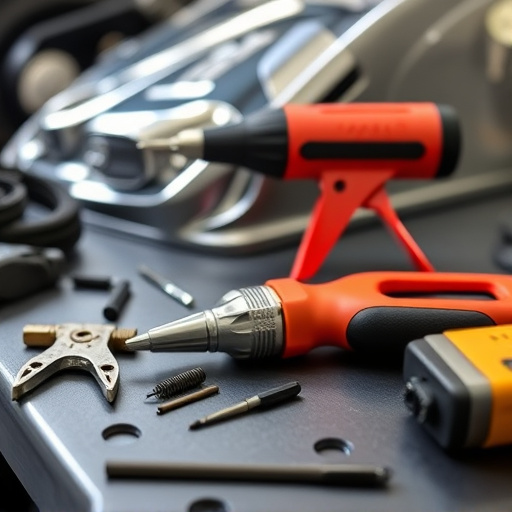
Mercedes owners facing bumper or grille repairs often require a crucial step: Mercedes radar recalibration. This process ensures that your vehicle’s advanced driver-assistance systems (ADAS) function optimally after car bodywork repairs. Here’s a breakdown of the steps involved and best practices to guide you through this procedure.
First, locate the radar sensor typically positioned behind the grille or in the bumper. Next, consult your vehicle’s service manual for specific instructions on how to power down and isolate the relevant control units. Then, use specialized tools to perform a system reset, which clears any stored data related to the damaged area. After the reset, proceed with the recalibration process using diagnostic software that communicates with the car’s computer, enabling it to re-learn and adapt to the changed vehicle geometry from collision center or vehicle paint repair services. Always ensure proper technician training and high-quality tools for accurate Mercedes radar recalibration results.
Mercedes radar recalibration is an essential step after any bumper or grille repairs. These external components, while crucial for vehicle aesthetics and safety, can disrupt the car’s radar sensor functionality if not handled correctly. Understanding the need for recalibration ensures that your Mercedes’ advanced driver-assistance systems (ADAS) function optimally and safely. By following the best practices outlined in this article, owners can effectively navigate the recalibration process, maintaining their vehicle’s cutting-edge safety features.
